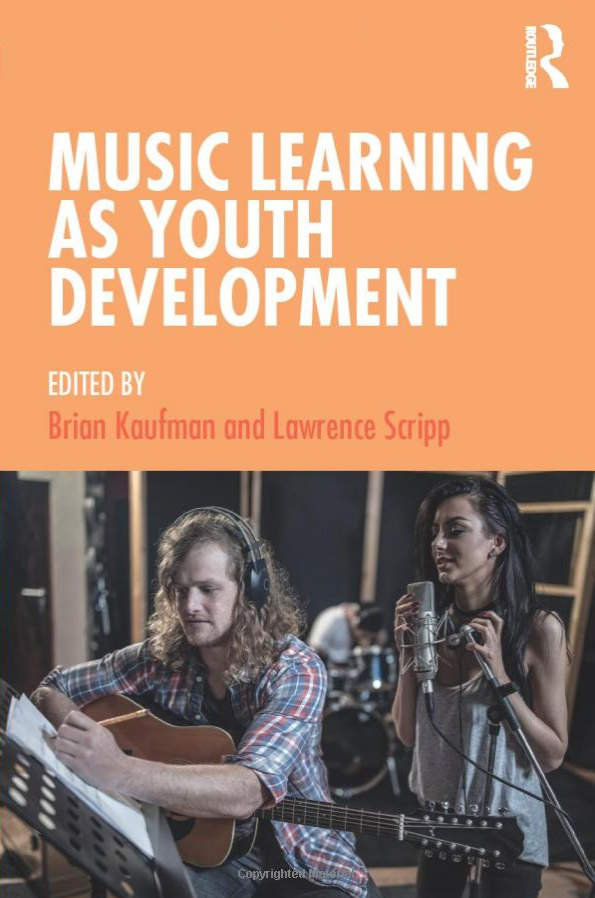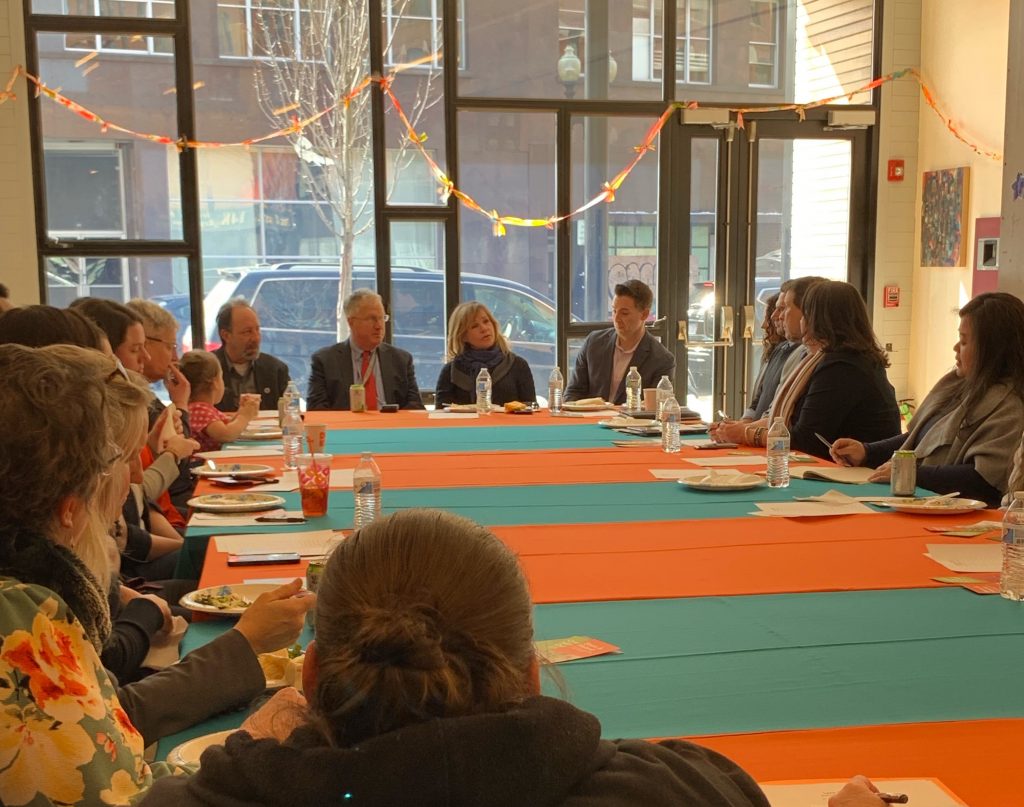

Earlier this month, RAW Art Works hosted a unique roundtable discussion with Lynn’s Mayor Thomas McGee, State Senator Brendan Crighton, and State Representative Peter Capano, alongside many creative youth development organizations, youth leaders, and other voices from the field, on the role of arts and culture in providing quality afterschool and out-of-school experiences for young people.
With Senator Crighton as the co-chair of the Afterschool and Out-of-School Time (ASOST) Coordinating Council it was a fruitful exchange of expertise and ideas, and underscored Mass Cultural Council’s commitment and dedication to improve the lives of young people.
As expressed in the ASOST’s report, ”The research is clear. Children who attend quality afterschool programs do better in school, get better grades, have fewer behavioral issues, have higher graduation rates, and are better equipped for college and career. Yet for every child in an afterschool program, two are waiting to get in. What we must do as a Commonwealth is invest in afterschool and summer learning as part of a full education agenda to give our kids the greatest opportunity for success.”
Sitting at RAW, its walls covered in fantastic artwork expertly made by local youth, these arguments deeply resonated. Thanks to Anita Walker’s facilitation, challenges, opportunities, and impromptu alliances were forged as the assembled crowd rallied for the young people in their communities, and highlighted the potential that lies within creative youth development investments.
We are proud to convene roundtables like these across the state to connect our local and state elected officials with the efforts of the cultural sector for the benefit of our most vulnerable communities.
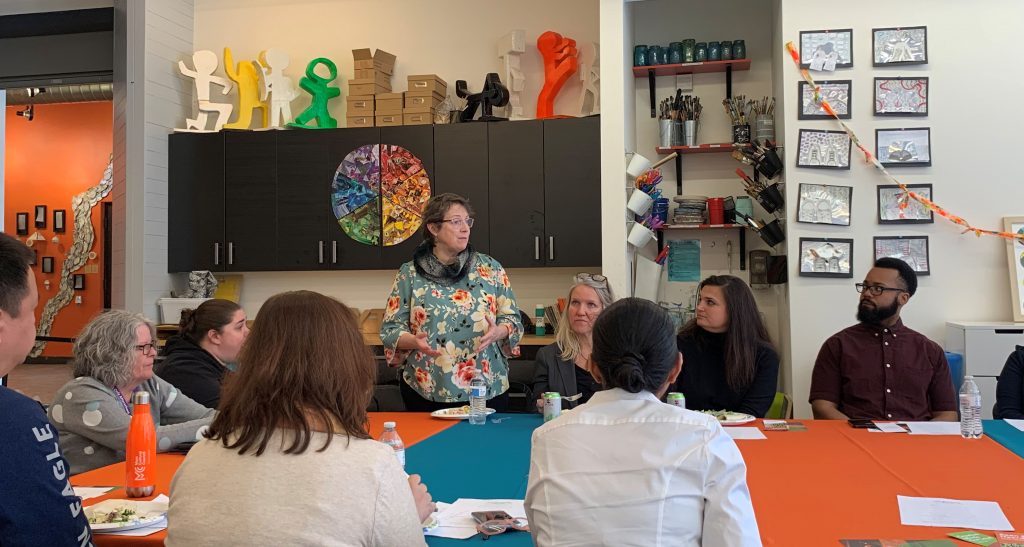


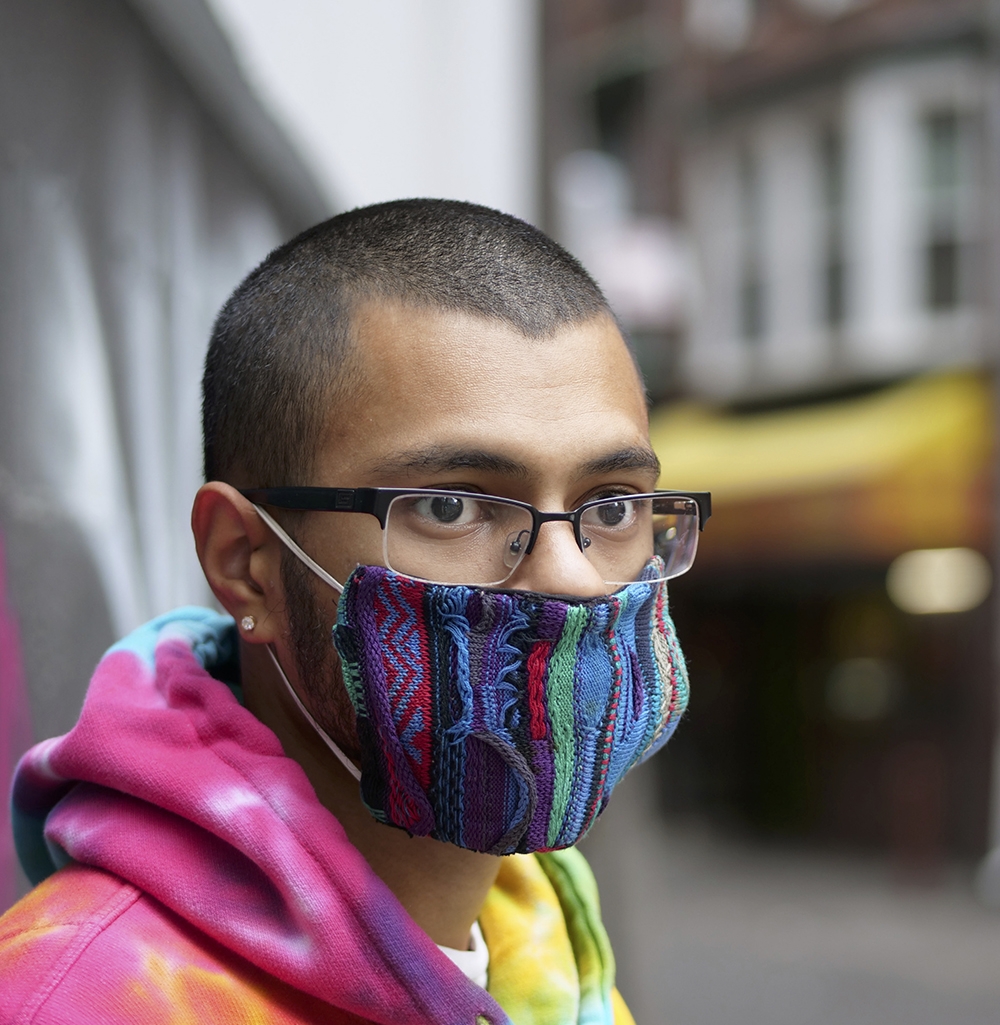
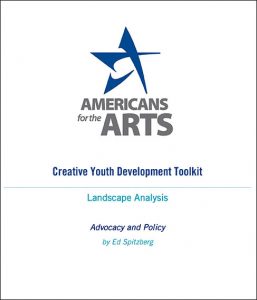 As part of Americans for the Arts’ work on their
As part of Americans for the Arts’ work on their 